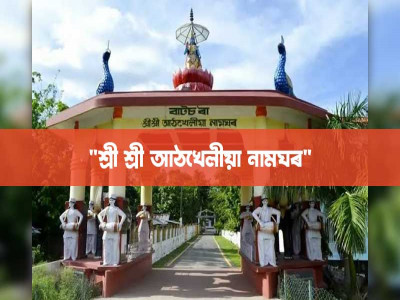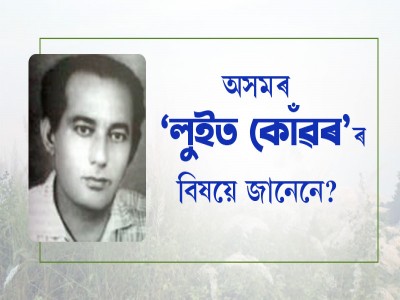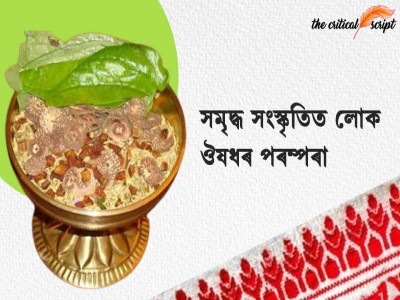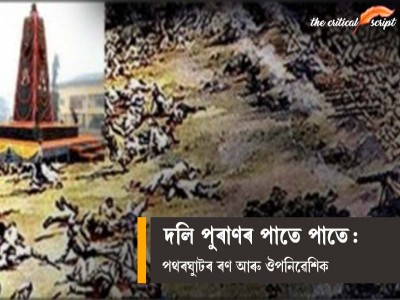
Jonbeel Mela: where the barter system still prevails!
Assam is a heterogeneous region with people being
inhabited in different geographical terrains and having a rich cultural
heritage. Fairs, Mela, Haat (Markets), etc. have been playing a significant
role in the interaction of the people. Jonbeel Mela is such a fair organized by
the Tiwa community people of Assam. It’s a tradition followed throughout the
ages. But this age-old tradition has also been affected by modernization. Once
upon a time, Jonbeel Mela was a tradition celebrated by the Gobha king. For some
it was a crowning ceremony, for others it was a Nowan Puja, while for another
section of the people, it was only a barter market for celebrating Bihu by
collecting goods from the plain or local people. With regard to modernization,
this has been a huge fair cum festival.
The Tiwas:
The Tiwas, also known as Lalungs, are a plain tribe
of Assam. They are recognized as a Scheduled tribe within the state of Assam.
They are concentrated mainly in the Nagaon and Morigaon Districts of Assam.
They are spread in Kapili, Mayang, Bhurbandha, Kathiatali, and Kampurareas of
Nagaon District and Nartiang Elaka of the Jowai sub-division of Jaintia
district of Meghalaya. Besides, there are a few Lalung villages in the Dhemaji
district, the Titabar area of the Jorhat District, and the Sonapur area of the
Kamrup district. Further, they are also found in some hilly areas or in the
foothills of Karbi-Anglong, Khasi hills, and Jaintiahills.
Origin and Significance of the Jonbeel Mela:
Jonbeel Mela is a festival of the Tiwas of Assam,
held during or after the Magh Bihu (Bhogali Bihu). It is held near a
marshy lake known as Jonbeel at a historic place named Dayang Belguri which is
five kilometers away from Jagiroad in the Morigaon District of Assam. The
Mela is held once a year and is renowned for the traditional barter exchanges
that happen there between the Tiwas and some other communities residing in the
hills and the plains. The significance of the Mela also lies in continuing with
the historical legacy of offering tribute and loyalty to the Tiwa king.
Initiated under the patronage of the Ahoms and Gobha Kings purely on
political-economic grounds it was formerly known as a haat (mart) where
transactions were done mainly through a barter system between people of hills
and plains. It bears a long history of the Gobha Kingdom which was the most
powerful among many other kingdoms under the Tiwas. It begets great enthusiasm,
love, a feeling of fraternity, and brotherhood among the Tiwas.
In present times, Jonbeel Mela is being organized
under the auspices of the Gobha-Tiwa Deo Raja Jonbeel Samiti under the
direction of the Gobha-Tiwa Deo-Raja Rajdarbar. It is a three days event held
in a big area of around eighteen bighas property comprising land and water
bodies. The Mela starts by offering prayers and sacrifices at ‘deosal’, a
greatly revered shrine of the Tiwas of the area.
Socio-Cultural Significance of the Mela:
Jonbeel Mela has been facilitating not only
hill-plain interaction but also interaction among people belonging to different
socio-cultural settings. It has played a significant role in bridging the gap
between different groups and communities thereby paving the way for social and
communal integration. More than a market, this Mela is a ground for celebrating
love, brotherhood and loyalty. People are very enthusiastic about Mela. The
natives see it as God’s Mela where they must go to pay tribute to the king and
participate in the exchange. Furthermore, the Mela also becomes a platform to
showcase the richness of Tiwa culture in front of a larger audience as various
traditional folk dances, songs, etc. are being performed in the cultural events
organized during the Mela.
After bartering off their products in the Mela,
they take fish, pithas, etc., from here and offer a special prayer seeking the
well-being of the members of their family and community with those things in
the hills. Thus, though not very directly related to worship or religious life
the things they take from the plains have ritualistic significance and
therefore this barter is very important for them. Again, the Gobha king
traditionally celebrates the ‘Nowan festival’, the annual feast after the
harvest with the commodities and money that are collected as taxes from the
Mela. This also makes the mela a significant event that continues even today.
The passage of time brings in changes in all forms
of things. These changes have not occurred suddenly. In the present time, in
terms of organizing the Jonbeel Mela, a drastic change has occurred. Above
this, through the different media, this Mela has been spread on the
international level too. We hope that Jonbeel Mela may develop and spread to a
wider international sphere in the coming days and become more popular.
Disclaimer: The opinions expressed in this article are those of the author's. They do not purport to reflect the opinions or views of The Critical Script or its editor.

Newsletter!!!
Subscribe to our weekly Newsletter and stay tuned.

















Related Comments